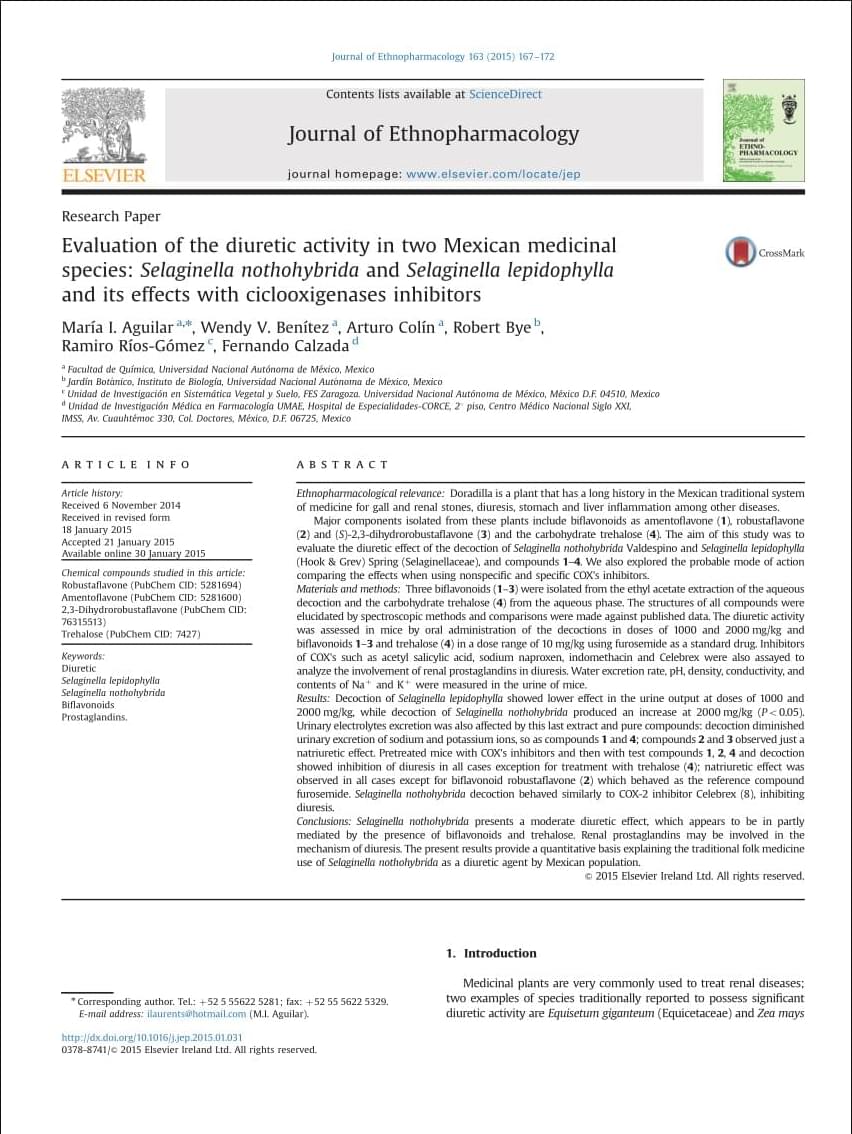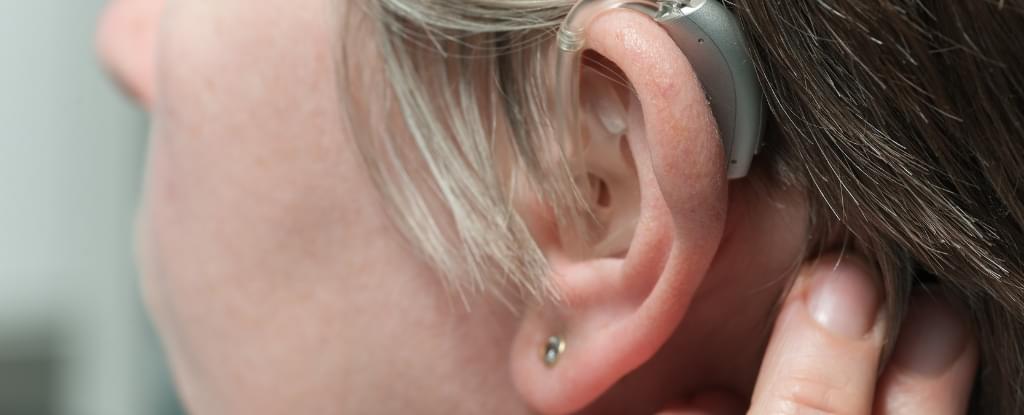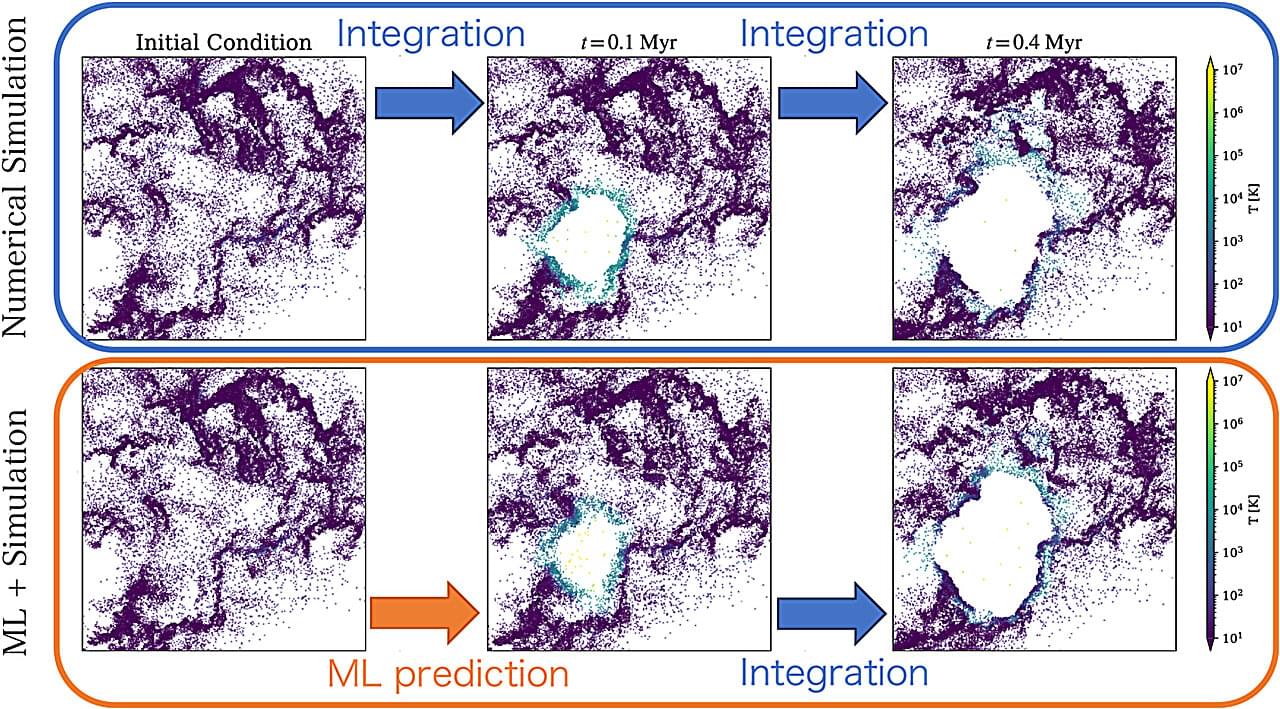The mean electronegativity of chemicals tested for mutagenicity, genotoxicity, clastogenicity and toxicity was determined. It was found that, as expected, chemicals with ‘structural alerts’ for DNA reactivity, and/or capable of inducing mutations in Salmonella and/or unscheduled DNA synthesis in hepatocytes, as a group, were significantly more electronegative than the molecules lacking these attributes. Molecules capable of inducing somatic mutations and recombinations in Drosophila melanogaster also exhibited this characteristic although it was of borderline statistical significance. Inducers of chromosomal aberrations and sister-chromatid exchanges in cultured CHO cells showed the same trend, however the differences between inducers and non-inducers were not statistically significant. In contrast to the above, inducers of bone marrow micronuclei, as a group, were significantly less electronegative than non-inducers. This is a property they shared with chemicals that exhibited systemic or cellular toxicity or that induced lethality in minnows. These findings suggest that in addition to genotoxicity, cellular and/or systemic toxicity may also contribute to the induction of micronuclei.
PubMed Disclaimer








